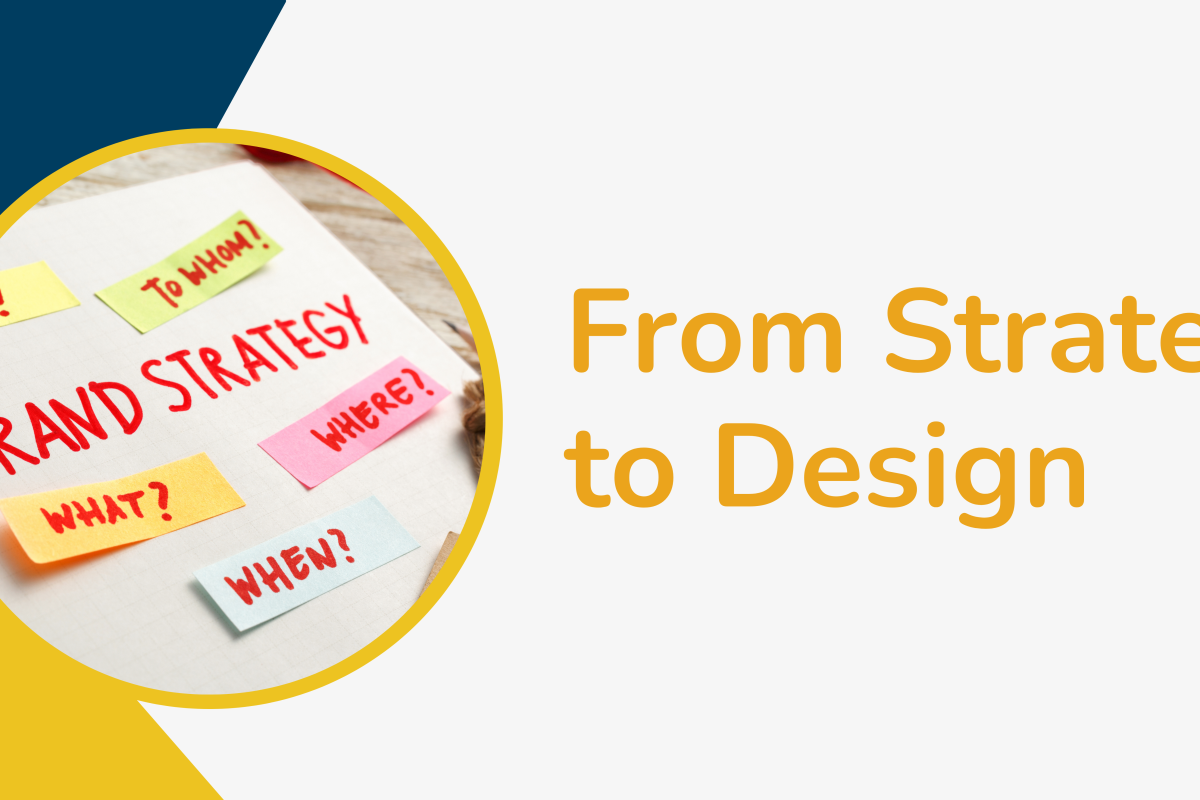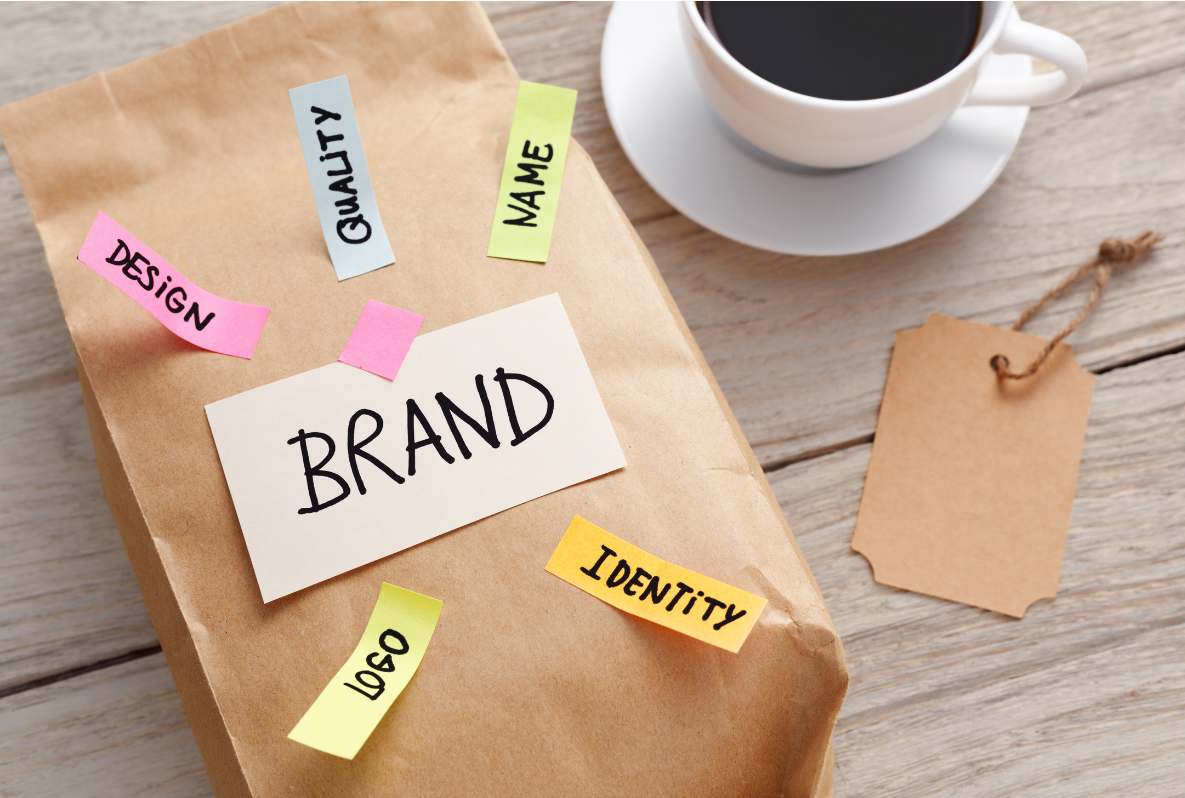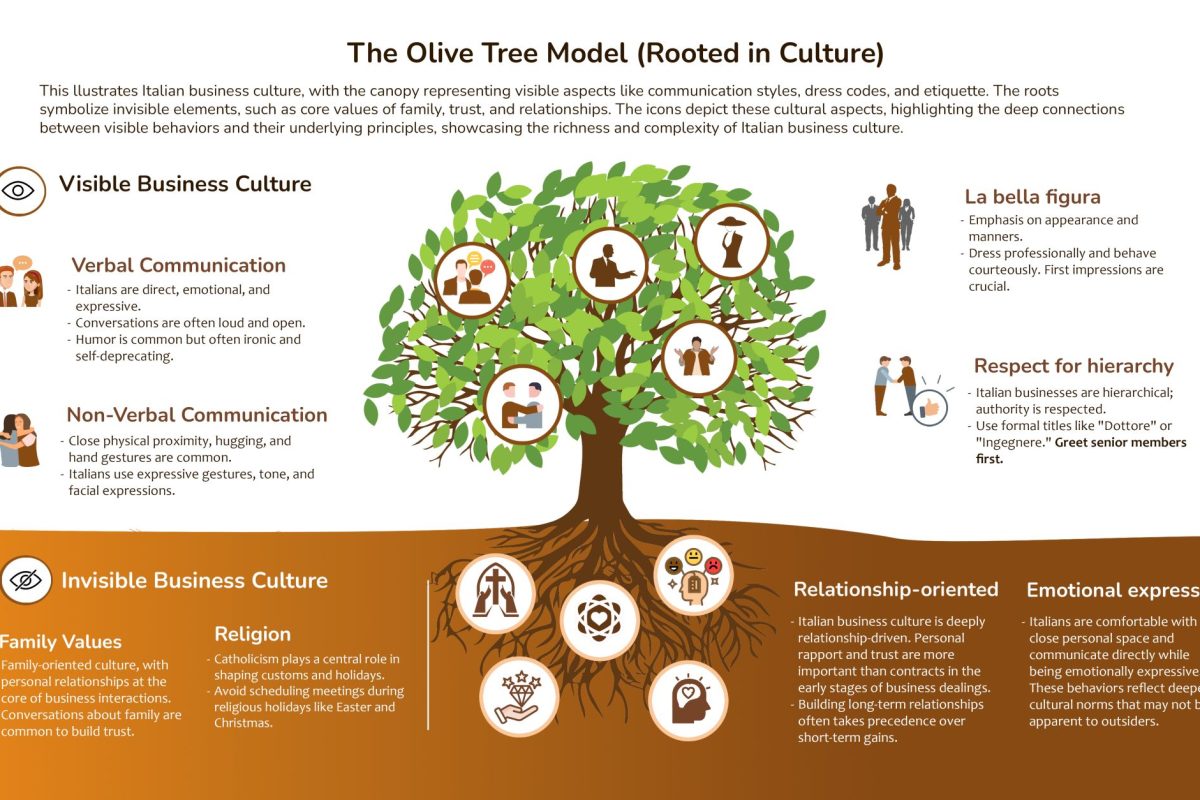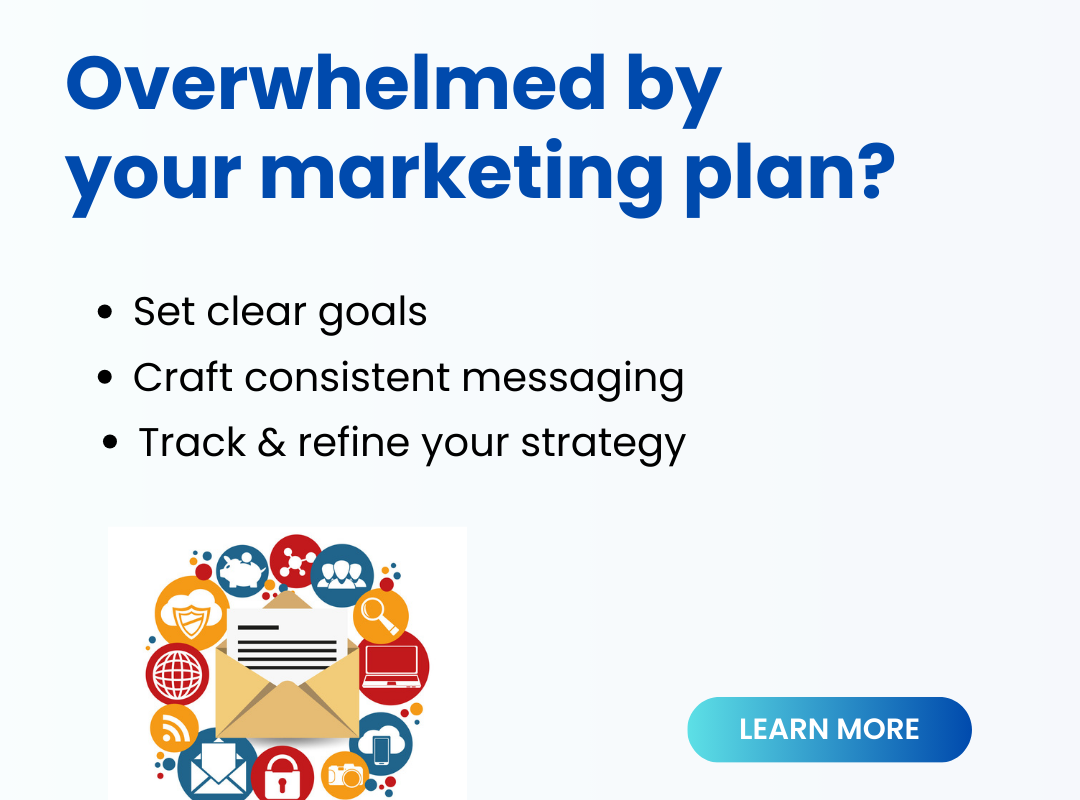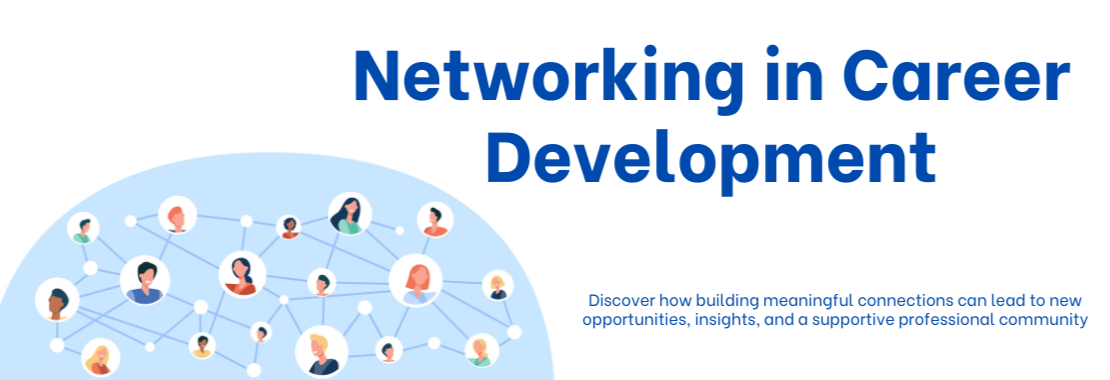In today’s digital landscape, it feels like everyone is fighting for attention. Some messages break through, while others fade into the scroll. So what actually makes a brand or even a person, stand out?
It isn’t just what we say. It’s the combination of strategy, design, and confidence in how we show up.
Building confidence through strategy
The strongest brands (and professionals) don’t rely on luck. They think intentionally about where their message shows up and why.
In marketing, for example, premium ad placements aren’t just “expensive spots.” They represent alignment, context, and trust. Brands that take the time to place themselves in the right environments don’t just get seen, they get remembered.
The same lesson applies to career growth. Confidence doesn’t come from checking every box on a list of requirements. It comes from taking initiative, asking smart questions, reaching out to people you admire, and showing genuine curiosity. Sometimes it’s that first step that opens the door, not the resume.
Aesthetic Literacy: More Than “Looking Good
If strategy sets the direction, design is the vehicle that carries the message forward.
Aesthetic literacy isn’t just about making something pretty. It’s about understanding how visuals communicate meaning and how they shape perception. Here are three pillars that make the difference:
- Clarity & Alignment: Does this design reflect what you or your brand stand for?
- Emotional Impact: Does it make people feel something when they see it?
- Relevance & Functionality: Is it accessible and meaningful to the audience it’s meant for?
Think of a clever ad that makes you laugh or a rebrand that instantly shifts your perception of a company. Design can completely reshape trust, emotion, and connection. And the same goes for personal branding. Your resume, portfolio, or LinkedIn profile speaks before you do. Clean, cohesive design isn’t just aesthetic, it’s strategic communication.
I asked yourself: Does this reflect who I am and the kind of roles I want?
Bridging Strategy and Design
Here’s the real insight: strategy and design aren’t separate worlds. They work together.
A campaign that’s strategic but poorly designed won’t connect. A beautiful design without strategic grounding won’t stick. The magic happens when the two come together—when clarity meets creativity.
This applies whether you’re building a marketing campaign or curating your personal brand. How you show up visually and strategically determines not just if people notice you, but how they remember you.
Conclusion
At the end of the day, marketing—whether for a brand or yourself—is about people. It’s not just what you say, it’s how you say it, how it looks, and how it makes others feel.
If you want to stand out in a noisy digital world, bridge strategy with design, and deliver it with confidence. That’s what cuts through the clutter.

